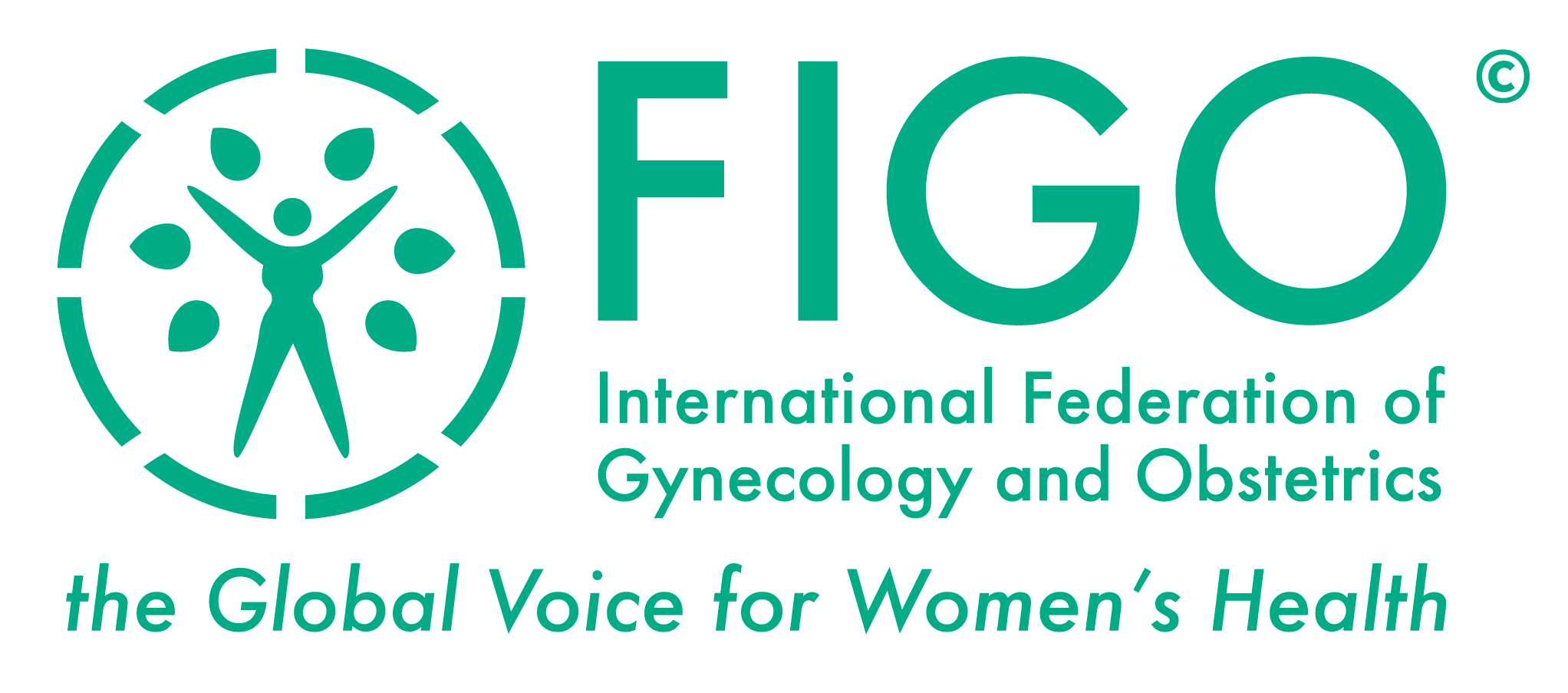
1. Educate about reproductive health and age: Everyone needs education about fertility and infertility and the reduction of female fertility with increasing age.
Information should include all educational initiatives for reproductive health, and other health education programmes as appropriate.
The WHO defines reproductive health as a state of complete physical, mental and social well-being and not merely the absence of disease or infirmity in all matters relating to the reproductive system and to its functions and processes. This definition suggests that people with adequate reproductive health have a satisfying and safe sexual life, can have children, and can make a choice as to whether they would like to have children and if so, when and how to have them.
Young people should be educated about the importance of reproductive health to the quality of their lives. This includes facts about male and female reproduction, enhancement of reproductive health through natural, medical and technology methods, and prevention of infertility.
Women and men should be educated about age and fertility. Educational programmes should give clear basic information about the changes in fertility in relation to age, and the risks to women of postponing attempting pregnancy until later in reproductive life, particularly after age 37. Nevertheless, half of women age 40 will get pregnant, but because the risk of infertility is higher, investigation and treatment is reasonable within 6 months rather than 12.
At the other extreme of reproductive life, pregnancy in adolescent women (<19 years) can also produce circumstances that impact adversely on present and future fertility (ACOG and ASRM, 2008; Dunson, 2004; Maheshwari, 2008; van Balen 1997). Women should be told that female fertility generally begins to decrease around age 30, and some women become infertile because of decreased ovarian function in their early 30s. There are no clinical signs or tests that can provide assurance of normal ovarian reserve or predict the time of menopause in young women.
Furthermore, as women age, the risk of miscarriage increases as does the risk of having a baby with an abnormality. Maternal morbidity and mortality also increase.
Male fertility also decreases with age, but much less and at an older age. There is also a slight increase in the risk of a birth defect and possibly some conditions such as autism.
